After many years of visiting the area, in 2014 he sold his flat in London to live permanently in northern Spain in a house he had built in the mountains.
He runs Iberia North, an international property agency and architecture practice.
My first trip outside the UK was to visit Spain in 1992 for the World Expo in Seville, as an impoverished architecture student. Being a first trip ‘abroad’ it all seemed very cultural and culinary, and I liked it.
After graduating during a previous recession in the early 1990s, I went to New York and lived for a couple of years there to pay for my post-graduate studies. Whilst there I met Olga, who is Spanish from La Rioja. She is now my wife.
Later travels took me to Shanghai for a year designing new cities, but the one that led to Asturias, albeit indirectly, was after spending almost a year in the southern cone of South America, including living in Sao Paulo briefly, but in particular the amazing national parks of central Chile.
Whilst taking a short re-grouping sabbatical with my wife’s family in Logroño, capital of La Rioja, by chance a friend who is a mountain guide was passing through on her way to Asturias, so on a spur of the moment decision we decided to go with her.
On seeing the mountains and lowland forest of Picos de Europa, they reminded us so much of the mountains of Chile we had so recently loved hiking through.
The Picos de Europa are so named, as historically they were the first thing you saw of Europe when returning by sailing ship from the Americas.
These mountains and Asturias are held dear to the Spanish as, although now very well connected by road and air, they seem so distant culturally from what Spain is more commonly known for. Also that Asturias, Patria Querida (Asturias, my beloved land) is a national drinking song for late night revellers.
Once installed in a small mountain village, after a hearty lunch, a hot summer's day took us to a shaded mountain walk along the River Casaño, and passing a village along the way we saw a derelict stone barn for sale.
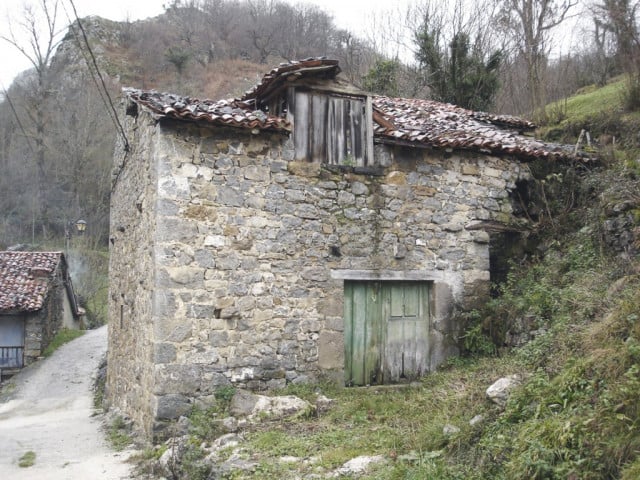
The stone barn, in ruins.
Not having even been thinking about buying a property, we called the owners anyway. They wanted the exact amount of money we had left after returning from China and Australasia, so that was that. We headed back to La Rioja, packed up and went to London to raise the money to renovate the barn.
After eight great years in London, whilst working on neighbourhood regeneration, I was thinking increasingly more about the almost clichéd adage of the ‘work-life balance’, but wanting to explore what that actually might mean in terms of achieving a more integrated way of living.
Having just finished renovating the small mountain house, after many years of paperwork, and construction trials and tribulations, it felt like the right time to sell up in London and take the plunge full time to live there, which is in a village of only 20 or so inhabitants.
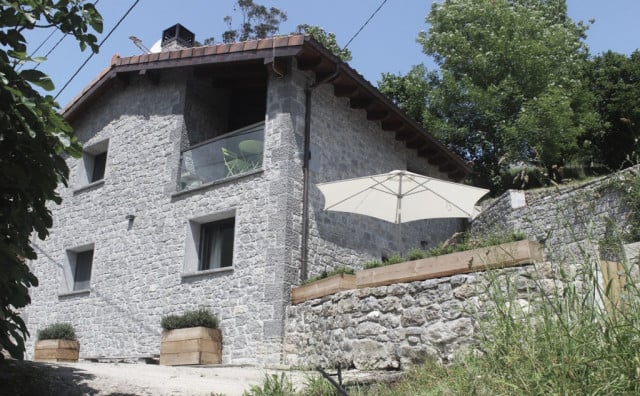
The final house, after renovation.
For more about his house, look at the website
The issue of engaging and integrating with the place in which you live, or even are just visiting, has always seemed important. Why travel if you don’t? For me, part of travelling has always been looking for a place that has inherent in its culture the things in life that you have come to enjoy.
Asturias has that. There are beautiful mountain ranges with mixed forest, mountain deer, wolves and even bears in some places. Asturias is full of places to discover.
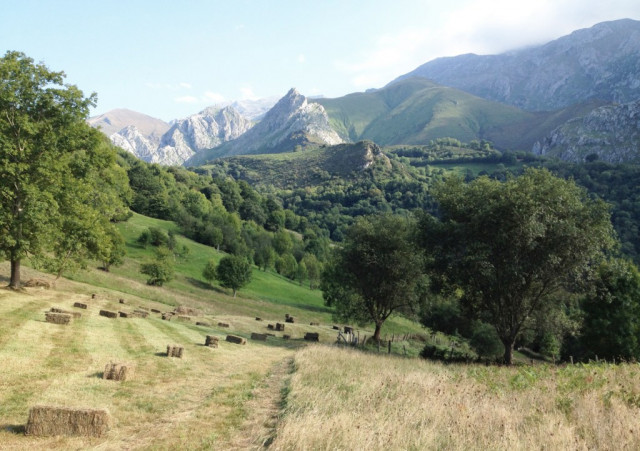
Dramatic mountain ranges emerging from beautiful forests with stone shepherds’ cabins off the beaten track; a green, unspoilt coast with pretty fishing villages and crystal clear rivers running down to secluded beaches below clifftop walks with spectacular blowholes spraying up on wild, stormy days; and cultural, small cities with bustling historic streets and traditional farmers markets, and good restaurants, including eight Michelin stars, in restaurants dotted around, often in, mountain villages.
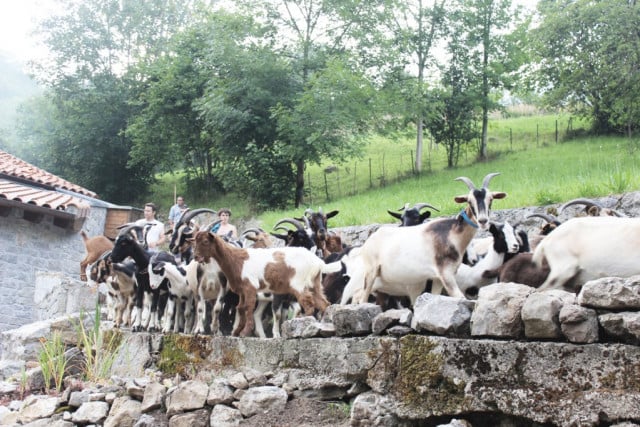
Of course, as anywhere, living in a more rural area has its pros and cons. But having lived in large cities for many years and now a more rural area, there is not such a distance between the urban and the rural as we might think. Perhaps not having all the cultural highlights that you might have in large cities is an issue, and to an extent its true. But do we need to have 200 theatres, as I had had in London?
You start to learn new skills. I can now build stone walls and am an official cheese taster for the local blue cheese, Cabrales.
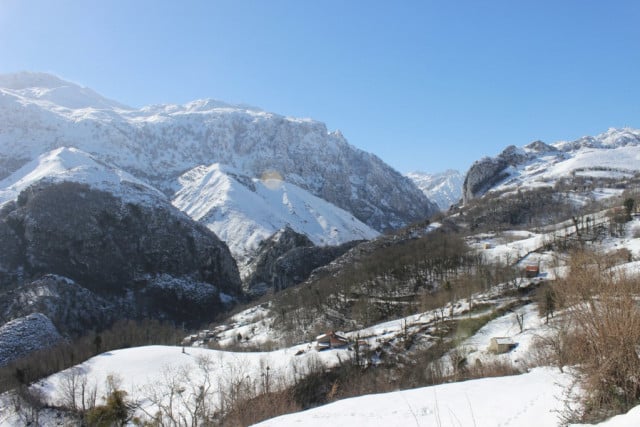
So after oscillating between cities and mountain villages, I am now settled in a market town, where I have based my property and architecture business, although I cover the wider area of North-West Spain. This takes me out and about a lot so I get to know the area quite well and meet a lot of different people.
READ: 10 point guide to buying property in Northern Spain
Iberia North is a bespoke property agency presenting interesting homes from across the region. Based in Asturias, we introduce local properties to an international market. We also work with estate agents in the area to find particular properties either directly or as a commission. Our involvement starts from the initial search through to purchase, then design and construction, when required.
READ ALSO: Spanish property of the week: An entire village nestled in the Picos de Europa

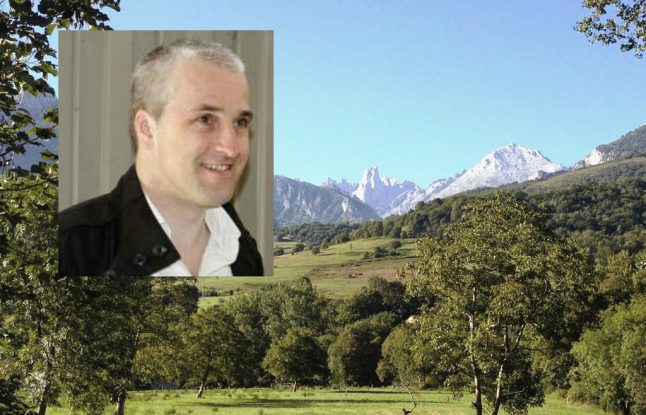
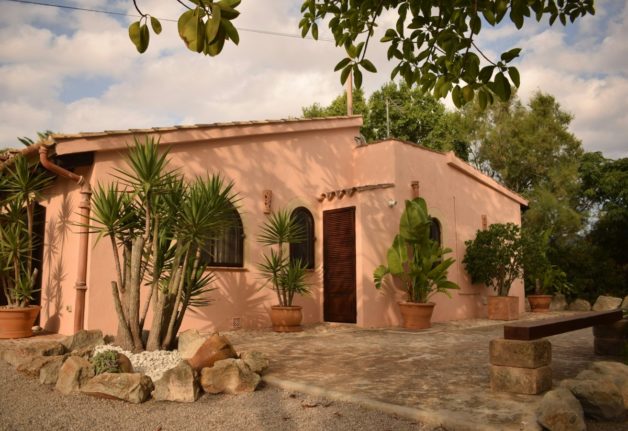
 Please whitelist us to continue reading.
Please whitelist us to continue reading.